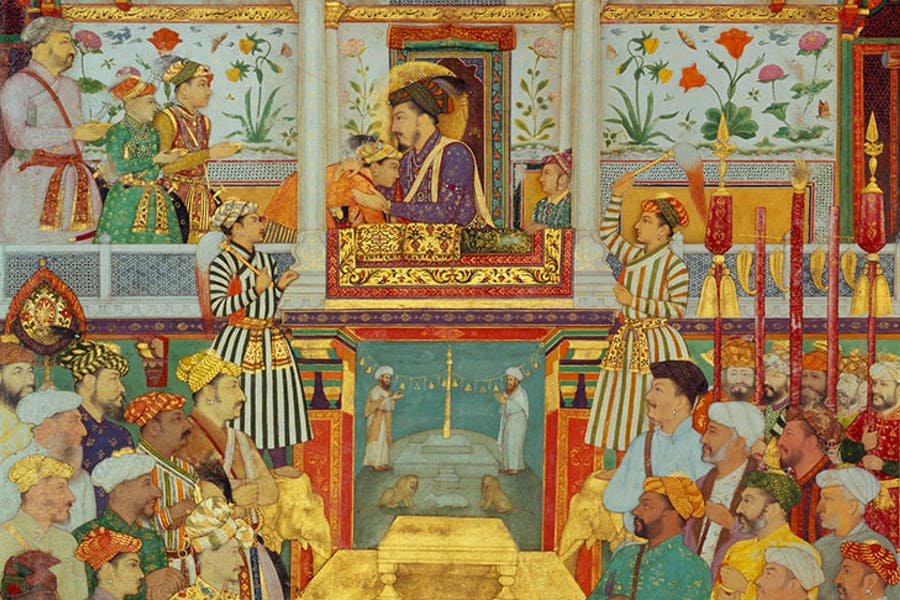
Introduction of South Asian History
South Asia is the southern region of the Asian continent, which comprises the sub-Himalayan countries and, in some contexts, the adjoining countries to the west and east. It consists of seven core countries, namely India, Pakistan, Sri Lanka, Maldives, Bhutan, Nepal and Afghanistan. It is the world’s most densely populated region and among the poorest, the most illiterate and the most malnourished regions of the world. South Asian nations have been experiencing the profound political evolution of democratization over the last few decades. At the same time, the region remains the focal point of growing international attention and concern on account of nuclear proliferation, the rise of Islamic militancy and the anti-terror war, the emergence of India as a global power, and regional efforts for cooperation. This module will introduce students to key themes, concepts and questions pertaining to the contemporary politics of South Asia. To that end it will examine the development and evolution of political institutions in the region, the role of religion, the political economy of development, and the international relations of South Asia.


